-

Skin Sprays vs Outdoor Repellers: Which Offers the Best Mosquito Protection?
Dec 18, 2025 -

Fortune Media and Great Place To Work Name Thermacell Repellents to 2025 Best Workplaces in Manufacturing & Production List
Sep 12, 2025 -

Thermacell Donates 150,000 Mosquito Repellent Devices for Disaster Relief
Aug 20, 2025
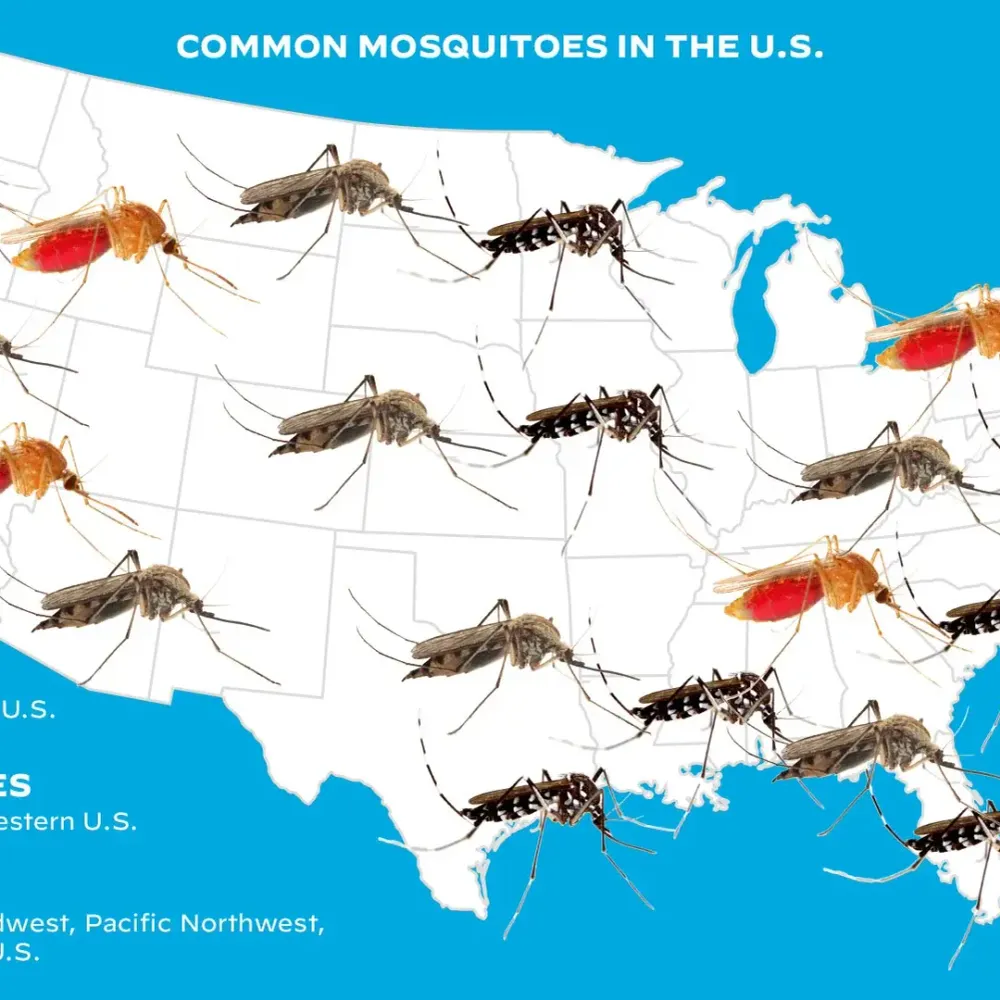
Over 3000 types of mosquitoes exist worldwide, of which about 200 types of mosquitoes are found in the United States. Some feed exclusively on plant nectar and sap, others prefer large mammals including humans as their primary food source. While most of the 200 types are simply a nuisance, with bites that cause itching and swelling, there are 12 types that spread germs that can sicken those who are bitten.
These disease spreading mosquitoes fall mostly into 3 genera commonly found in the US: Aedes, Anopheles and Culex.
Aedes Mosquitoes
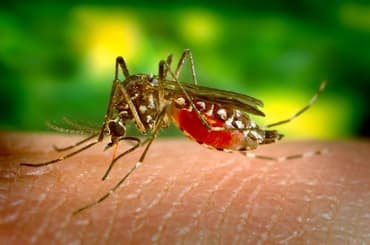
Found in every continent except Antarctica, these mosquitoes are known to be the most notorious when it comes to spreading diseases. They prefer tropical and subtropical areas of the world and are most known to spread diseases that cause West Nile, and Chikungunya and Zika, EEE, Yellow Fever and Dengue
Most common Aedes species found in the US are the yellow fever mosquito (Scientific name Aedes aegypti)
Known for: This mosquito species is a blood thirsty and prefers to bite humans and may also transmit yellow fever, dengue, chikungunya virus, and Zika. It's most active during the daytime. This mosquito thrives in urban areas and is also commonly found indoors.
Breeds in: containers; often breeding in unused flowerpots, spare tires, untreated swimming pools, and drainage ditches.
Found: Southeast and Southwest, Mid-Atlantic, California and possible to find in Northeast.
The Asian tiger mosquito (Aedes albopictus)
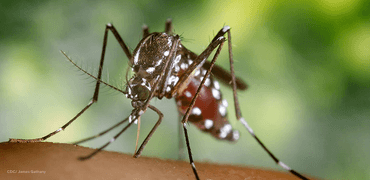
Known for: spread dengue, chikungunya, and dirofilariasis. The species originated in Asia, and emerged in the US in Florida around 1985, where it has quickly spread from there. Unlike the yellow fever mosquito the tiger mosquito can live at cooler temperatures. Hence its prevalent in the Northeast and northwest as well
Breeds in: breeds in containers with standing water, often tires or other containers. It is a daytime feeder and can be found in shady areas where it rests in shrubs near the ground
Found: Southeast and Southwest, Midwest, Northeast, Western sea borders
Eastern saltmarsh mosquitoes (Aedes sollicitans)
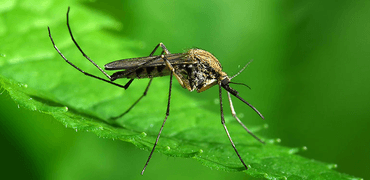
Known for: Although this mosquito does not spread disease , it does feed aggressively day or night and will feast on people and many kinds of animals, including birds, reptiles, and mammals.
Breeds in: salt marshes and occasionally a saline pool.
Found: the eastern seaboard of the United States and Canada as well as the entire Gulf coast.
Culex Mosquitoes
The Culex mosquito, also known as the house mosquito, prefers to feed during dusk and after dusk. These mosquitoes predominately transmit the West Nile virus and Western equine encephalitis.
Southern house mosquitoes (scientific name Culex quinquefasciatus)
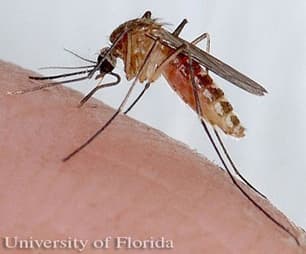
Known for: St. Louis encephalitis, Western equine encephalitis, and canine heartworm
Breeds in: on the surface of nutrient-rich fresh or stagnant water where they will lay their eggs. Water sources can include barrels, horse troughs, ornamental ponds, unmaintained swimming pools, puddles, creeks, ditches, and marshy areas
Found: Southern regions of America.
Northern house mosquito (scientific name Culex pipiens)
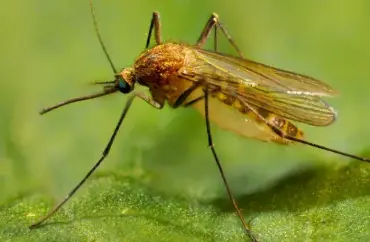
Known for: St. Louis encephalitis, Western equine encephalitis, and canine heartworm
Breeds in: thrives in polluted or stagnant water with high levels of organic content, including ponds, water-filled containers (e.g., buckets, rain barrels, cans), roadside ditches, and sewage seepage
Found: Northern regions of America and southern Canada. Rural, Suburban and urban environments.
Western encephalitis mosquitoes (scientific name Culex tarsalis)
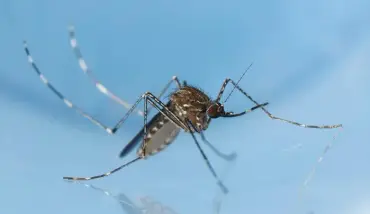
Known for: St. Louis encephalitis, Western equine encephalitis, West Nile virus this mosquito is known to have a more painful bite. Although it prefers avian hosts, it will feed off other mammals including humans
Breeds in: prefers sunlit standing waters that can be fresh or polluted water sources from ditches, marshes and swamps to ground pools and rain barrels. The species has been found at elevations ranging from sea level to almost 10,000 feet.
Found: mainly in the Midwest and Western states.
Anopheles Mosquitoes
Anopheles, or Marsh mosquitoes, include roughly 460 species globally and are most known for their ability to transmit malaria. When resting, the stomach area of the Anopheles mosquito points upward, rather than being even with the surrounding surface like most mosquitoes.
Common malaria mosquito (Anopheles quadrimaculatus)
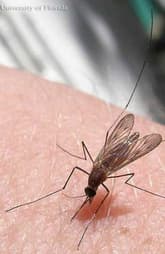
Known for: Malaria and heartworms in dogs. Even though malaria has not been a big problem in the US since the 1950's, local transmission does occur on rare occasion each year. These mosquitoes are most active just before dawn and right after dusk.
Breeds in: fresh water streams, ponds, and lakes with aquatic vegetation
Found: mainly in the eastern, Midwest and south eastern US
Sources:
https://entnemdept.ufl.edu/creatures/aquatic/Anopheles_quadrimaculatus.htm
https://entnemdept.ufl.edu/creatures/aquatic/southern_house_mosquito.htm
https://www.cdc.gov/mosquitoes/index.html
Categories: Questions & Answers
Related Posts
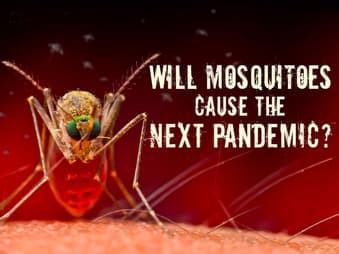
Buzzing Threats: The Impending Peril of Mosquitoes in North America's 2024 Season

Why do mosquito bites cause different reactions?

